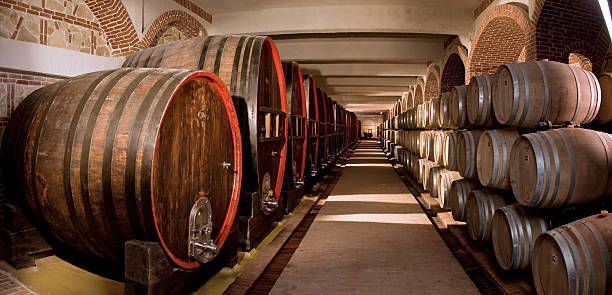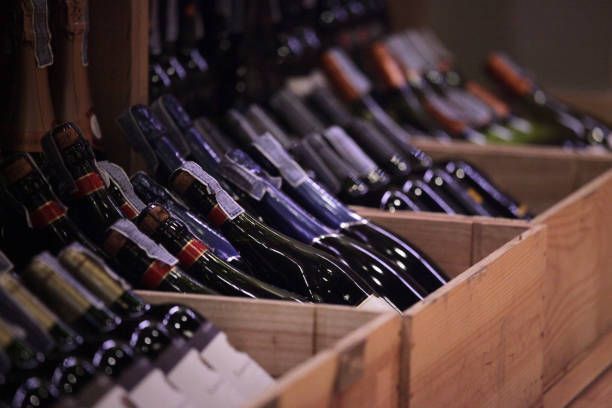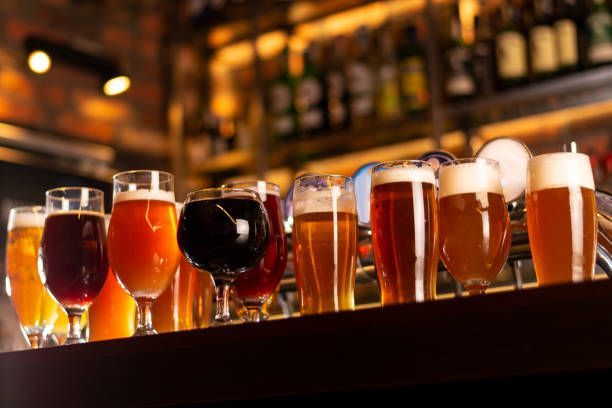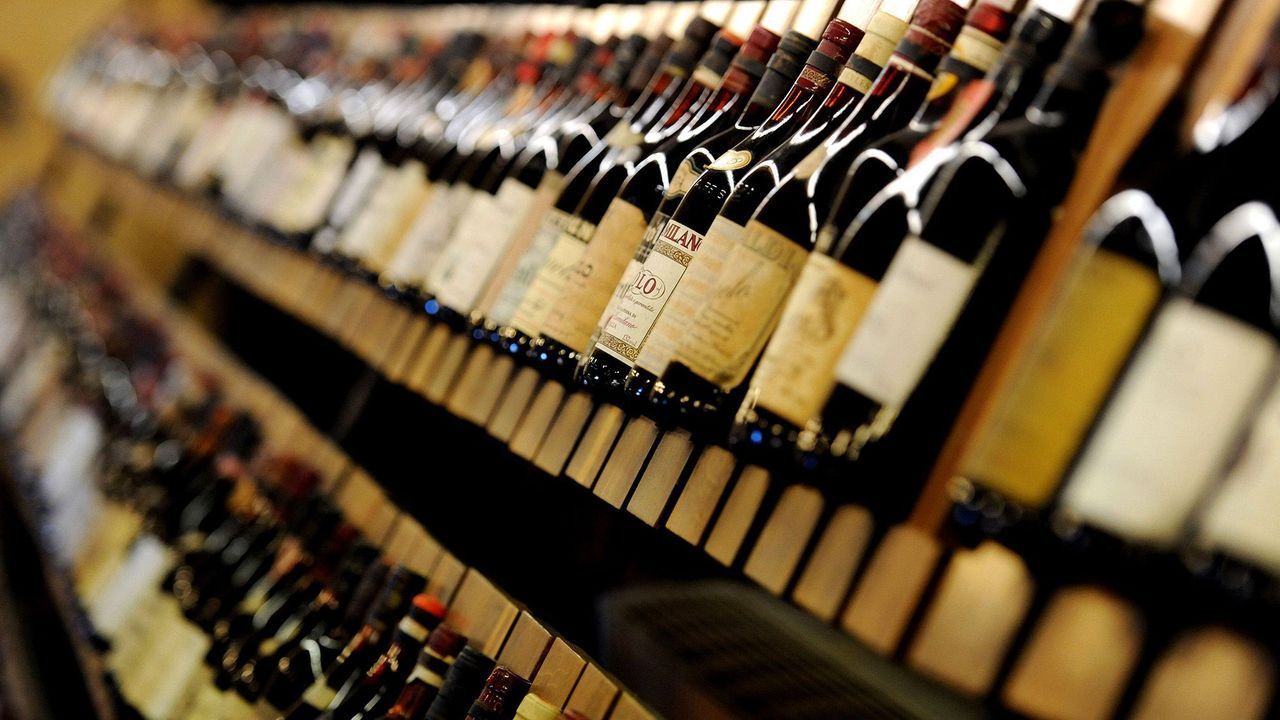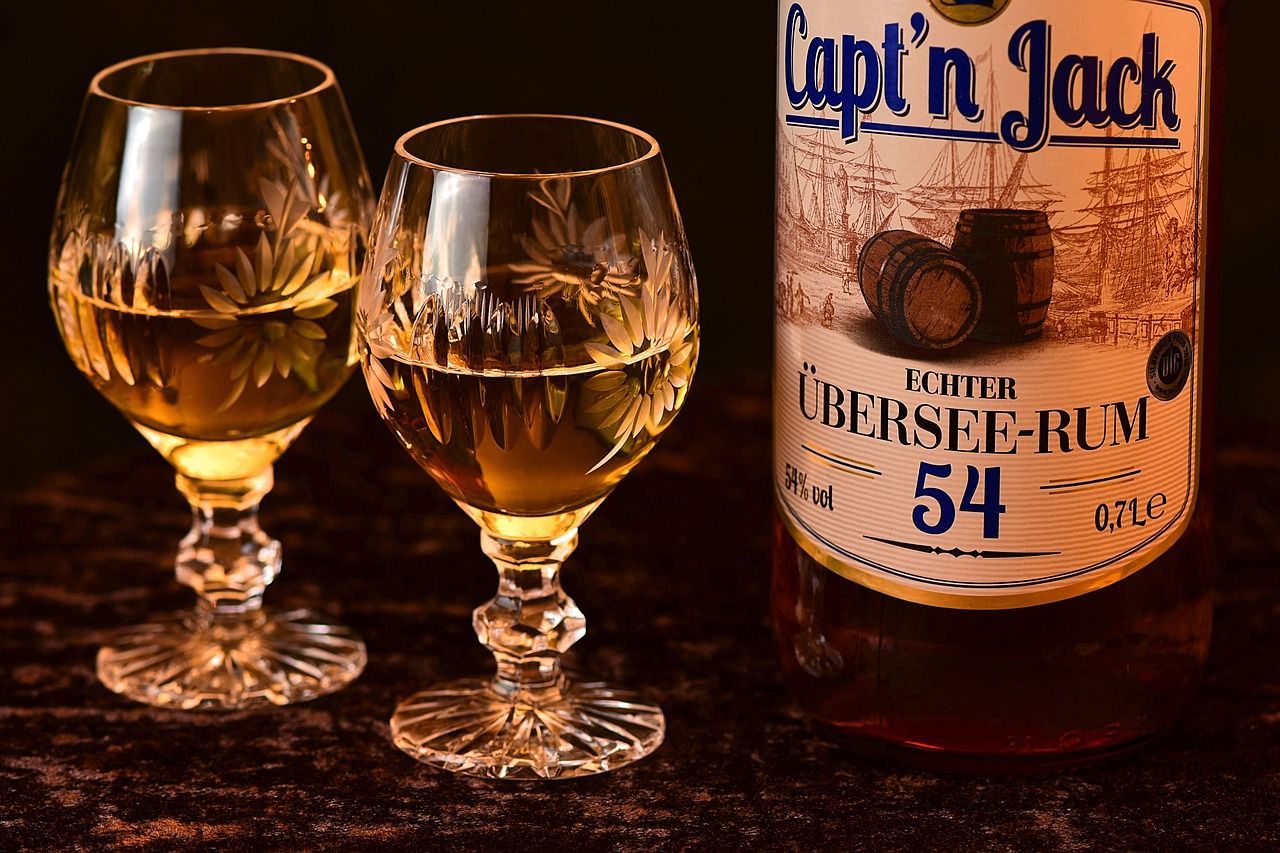Craft Beer: Exploring Flavors, History, and More
In recent years, craft beer has grown in popularity as more and more consumers switch from regular mass-produced beer to distinctive, artisanal brews. But what is craft beer exactly, and how is it different from other kinds of beer? The world of craft beer will be examined in this blog, along with other varieties of beer like microbrewery, IPA, lager, domestic, and real ale. We will delve into craft beer's history, the brewing process, and the various flavor profiles that have made it so adored by beer connoisseurs all over the world. This blog will undoubtedly provide insightful information about the world of craft beer, whether you're an experienced beer drinker or a curious newcomer.
There are many different beers to choose from. There’s a beer for every taste and occasion, from domestic lagers to international pilsners. Craft beer, a recent entry into the world of beer, provides consumers with a distinctive and tasty substitute for conventional mass-produced beer. This blog post will examine the world of craft beer and compare it with other available varieties of beer.
Different Types of Beer
Before we dive into the world of craft beer, it’s important to understand what distinguishes craft breweries and microbreweries from regular beer manufacturers. Tiny, independent brewers known as "craft breweries" make just a small amount of beer. They are renowned for their distinctive flavors, use of premium ingredients, and emphasis on sourcing locally and sustainably. On the other side, microbreweries are even smaller than craft brewers and typically produce fewer than 15,000 barrels of beer annually. Microbreweries, like craft breweries, concentrate on making high-quality beer with distinctive flavors and components. They frequently serve beer in their own taprooms, and they might have some restricted distribution outside of their immediate vicinity.
Now that we’ve defined craft beer, let's examine how it differs from other varieties of beer. For some beer consumers, the potent hoppy flavor of IPAs may be too much to handle. Lagers, on the other hand, have a crisp, clean flavor and are milder and easier to drink. Because they frequently use inexpensive ingredients and bulk production to keep prices down, domestic beers lack the complexity and depth of flavor found in craft beer. Real ale is produced on a smaller scale than craft beer and is frequently harder to get. It is brewed using traditional methods and served at a warmer temperature.
What are the benefits of drinking craft beer, then? To begin with, craft beer is frequently produced using ingredients that are sourced locally, supporting small businesses and lowering the carbon impact of the beer industry. Additionally, craft beer has a distinct and nuanced flavor profile that is not present in beers that are mass-produced. Many breweries that specialize in craft beer experiment with unusual ingredients and brewing processes, which produces a wide range of flavors and styles. Craft beer can also be enjoyable and instructive, since many breweries provide tours and samples to let customers learn more about the brewing process.
Craft Brew vs. IPA
In recent years, craft beer has steadily grown in popularity as drinkers look for distinctive and flavourful brews. India Pale Ale, or IPA, is one of the most well-liked craft beer varieties. This blog post will now examine the distinctive characteristics of IPA, how it differs from other craft beer varieties, and some of the top IPAs available today.
In the 19th century, England is where the style of beer known as India Pale Ale first appeared. It is renowned for having a potently hoppy flavor, which is obtained by adding a lot of hops to the brew. The beer was initially created as a means of delivering beer to British soldiers stationed in India; the extra hops served as a preservative during the protracted journey.
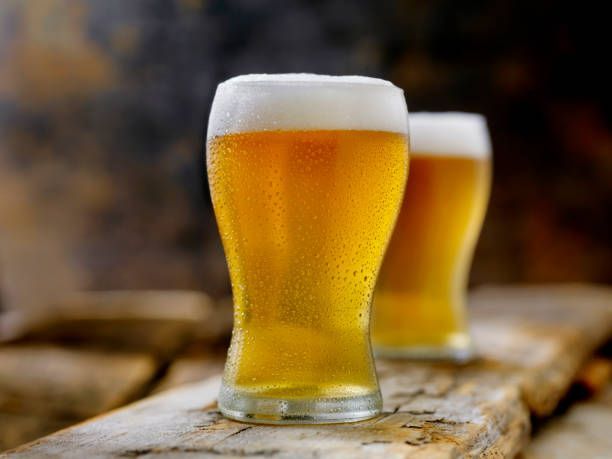
The distinctive hoppy flavor of IPA is well known; it is frequently characterized as bitter and flowery. To do this, many hops are added to the beer during the brewing process, usually when it is boiling. IPA may also include characteristics like citrus, pine, and tropical fruits in addition to the hops. The alcohol concentration of IPA is also well-known for being higher, with potential ranges of 5% to 10% or more. Due to the increased malt used in the brewing process, the beer has a greater alcohol content and a richer, more complex flavor profile.
Comparison of Craft Beer vs. IPA
Even though IPAs are a subcategory of craft beers, it's crucial to remember that not all of them are. Any beer that is made by a small, independent brewery employing premium ingredients and conventional brewing techniques is referred to as craft beer. This can encompass a wide variety of beer varieties, from wheat beers and pale ales to stouts and porters.
However, due in part to its strong and intricate flavor profile, IPA has recently grown to be one of the most well-liked craft beer varieties. Today, many craft breweries provide their own distinctive spins on IPAs, experimenting with various hop varieties and flavor mashups to produce fresh and intriguing beverages.
The degree of bitterness is one of the primary distinctions between IPA and other varieties of craft beer. Some beer drinkers may find the high amount of bitterness associated with IPA to be off-putting. For individuals who prefer a milder flavor profile, other craft beer varieties, like pale ales and wheat beers, are frequently less bitter.
Best IPAs
With so many craft breweries now offering their own take on IPA, it can be difficult to know where to start. Here are some of the best craft brew IPAs on the market:
- Pliny the Elder by Russian River Brewing Company - This California brewery is known for its popular IPA, Pliny the Elder. This beer is known for its intense hoppy flavor and balanced bitterness.
- Heady Topper by The Alchemist - This Vermont brewery's flagship beer, Heady Topper, is a hazy IPA with a complex flavor profile that includes notes of tropical fruit and citrus.
- Two Hearted Ale by Bell's Brewery - Two Hearted Ale is a popular IPA from this Michigan brewery. It has a balanced hop profile and a smooth finish.
- Jai Alai by Cigar City Brewing - This Florida brewery's flagship beer, Jai Alai, is an IPA with a bold and complex flavor profile that includes notes of grapefruit and pine.
- Hazy Little Thing by Sierra Nevada Brewing Co. - Hazy Little Thing is a hazy IPA from this California brewery. It is known for its fruity flavor profile and smooth finish.
Craft Brew vs. Lager
Lager is one of the most well-liked types of beer and is renowned for its crisp, clean flavor and refreshing finish. However, many beer aficionados are switching to craft beers as an alternative to conventional lagers as the craft beer sector continues to grow. We'll examine the distinctions between craft beer and lager in this post to assist you in selecting the one that's best for you. Lager is a kind of beer that uses bottom-fermenting yeast and ferments at a lower temperature than other kinds of beer. This produces a clean, crisp beer with a smooth mouthfeel and delicate malt and hop characteristics.

Lagers often have a light tint, though there are several darker kinds as well, like bock and dunkel. The earliest lagers were made in Bavaria, Germany, in the 16th century, and they have been around for centuries. Over 90% of all beer sales today are lagers, making them the most popular beer type globally.
Lagers are renowned for their refreshing finish and crisp, clear flavor. They are a popular choice for drinking in hot weather or while engaging in outdoor activities because they are often lighter in body and contain less alcohol than other types of beer.
There are numerous varieties of lager, each with special qualities of its own. The most well-liked lagers include:
- Pilsner: A light, crisp beer that originated in the Czech Republic. Pilsners are known for their hoppy bitterness and refreshing finish.
- Helles: A pale, golden beer that originated in Germany. Helles are known for their balanced malt and hop flavors and smooth mouthfeel.
- Bock: A darker, stronger beer that originated in Germany. Bocks are known for their rich, malty flavor and high alcohol content.
Comparison of Craft Beer vs. Lager
Even though lagers have historically been the most popular kind of beer, the growth of the craft beer sector has encouraged many beer lovers to try craft brews instead of classic lagers. Craft beer is made using premium ingredients and cutting-edge methods, producing a wide variety of distinctive and flavourful beers.
Craft beer has a greater variety of types and flavor profiles than typical lagers, making it frequently more nuanced and tasty. Craft brewers combine a number of ingredients, including yeast, malt, and hops, to produce distinctive flavors that are not present in conventional lagers. Craft beers frequently come in smaller batches, which allows for greater quality control and attention to detail in addition to their distinctive flavor characteristics. Additionally, local resources like hops and grains are frequently used by craft brewers, supporting regional farmers and companies.
Best Lagers
If you're a fan of lagers and looking to explore the world of craft beer, there are many great options to choose from. Here are some of the best craft brew lagers to try:
- Firestone Walker Lager: This American-style lager from California-based Firestone Walker Brewing Company is crisp, clean, and refreshing, with a subtle sweetness and a hint of hop bitterness. It's a great choice for those new to craft beer.
- Victory Prima Pils: This classic German-style pilsner from Pennsylvania-based Victory Brewing Company is a crisp and hoppy lager with a refreshing finish. It's a perfect choice for those who enjoy a little more bitterness in their beer.
- Sierra Nevada Summerfest: This seasonal lager from California-based Sierra Nevada Brewing Company is light and refreshing, with a crisp, clean finish and a subtle hoppy aroma. It's a great beer to enjoy on a hot summer day.
- Samuel Adams Boston Lager: This iconic lager from Boston-based Samuel Adams Brewery is a classic example of an American-style lager, with a rich, malty flavor and a slightly bitter finish. It's a great beer to pair with food, especially burgers and grilled meats.
- Jack's Abby House Lager: This German-style lager from Massachusetts-based Jack's Abby Craft Lagers is smooth and easy-drinking, with a crisp, clean finish and a subtle sweetness. It's a great beer to enjoy on its own or with lighter dishes like salads and seafood.
Craft Brew vs. Domestic
The two primary classifications of beer are domestic and craft brew. Domestic beer continues to be a popular choice in many homes and pubs, despite craft beer's recent rise in popularity. The contrasts and similarities between domestic beer and craft brew will be discussed next in this blog post, along with a closer look into some of the best domestic beers currently on the market. Domestic beer is defined as being made and sold by a sizable, well-established brewery, frequently on a national level. These breweries, which are frequently owned by huge corporations, create a variety of well-known and widely accessible beers.
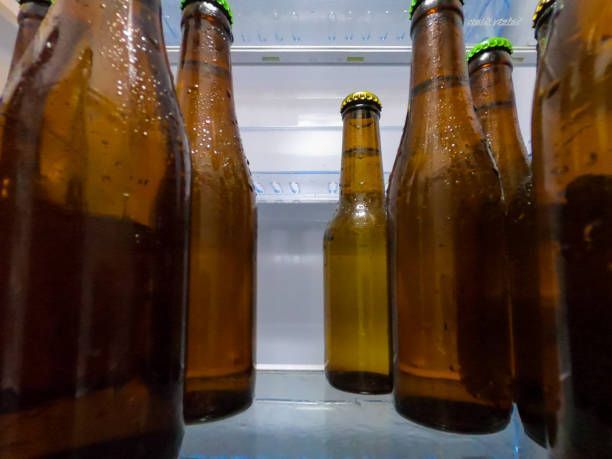
Domestic beer is frequently distinguished by being light and easy to drink. These beers are often brewed using straightforward, standardized procedures that stress uniformity over flavor and lower-quality ingredients. Additionally, domestic beers are frequently mass-produced, making it possible to create vast volumes of beer fast and effectively.
Comparison of Craft Brew vs. Domestic Beer
The brewing technique, materials, and general flavor profile of craft beer and domestic beer are all different. Smaller, independent breweries that put quality over quantity often make craft beer. These brewers frequently use locally sourced, premium ingredients and more complicated brewing techniques, producing a wide variety of distinctive and flavorful beers.
On the other hand, domestic beer is frequently accused of lacking flavor richness and depth. Despite being simple to drink, it often doesn’t have the particular flavor and character seen in many artisan brews. Additionally, domestic beer tends to have a narrower range of styles, with the majority of options being lagers or light beers.
Best Domestic Beer
Although craft beer has gained more popularity recently, there are still a lot of great domestic beers on the market. Here are some of the top ones:
- Budweiser - This iconic American beer has been a staple in bars and households for over a century. It's light and refreshing, with a crisp, clean taste that pairs well with a variety of foods.
- Coors Light - Another classic domestic beer, Coors Light is known for its easy-drinking nature and smooth, crisp taste. It's a popular choice for those who prefer a lighter beer.
- Yuengling Lager - America's oldest brewery, Yuengling has been producing beer since 1829. Their lager is a classic example of a domestic beer, with a rich, caramel-like flavor and smooth finish.
- Pabst Blue Ribbon - While it may not be as well-known as some of the other domestic beers on this list, Pabst Blue Ribbon has a loyal following thanks to its affordable price and easy-drinking taste.
Craft Brew vs. Real Ale
Real ale is different from craft beer even though it shares many characteristics with it. This essay will examine the real ale industry and contrast it with the craft beer industry. Beers that are served at a warmer temperature than other beers are known as real ales since they are brewed following traditional methods. Independent breweries usually produce it in small batches and let the cask or bottle spontaneously ferment the beer. Real ale, in contrast to other forms of beer, goes through a secondary fermentation in the vessel from which it is served, giving it a unique personality and flavor.
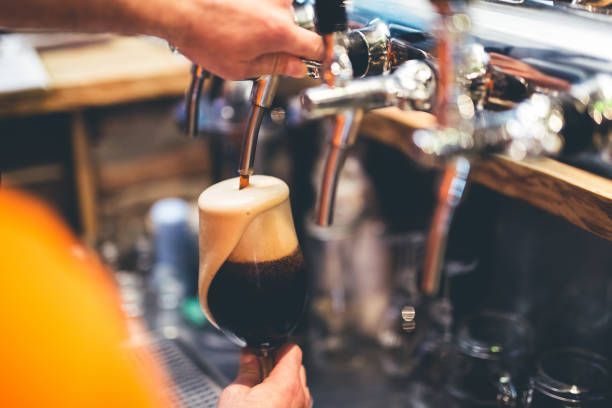
Real ale differs from other forms of beer in a number of distinctive ways. First of all, just conventional ingredients—malted barley, hops, yeast, and water—are used in the brewing process. It isn't pasteurized or filtered, so its original flavor and scent are retained. Second, real ale is often served between 50 and 55 degrees Fahrenheit, which is warmer than other beers. Because of the full development of the flavors and aromas, the resultant beer is more complex and subtle. And finally, true ale is frequently served from a cask or bottle that has been live yeast-conditioned, giving it a distinct texture and vibrant carbonation.
Comparison of Craft Brew vs. Real Ale
While true ale and craft beer have many things in common, they also differ significantly in some important ways. First off, craft beer tends to be made in bigger volumes and is frequently intensely hopped, giving it a robust and bitter flavor. The flavor of real ale, on the other hand, is more well-balanced and nuanced since it is made with less hops. Second, although real ale is permitted to naturally carbonate in the container from which it is poured, craft beer is frequently chemically carbonated. Real ale is distinguished through its unique texture and lively carbonation that are challenging to imitate.
Best Real Ale
Today's market offers a variety of great real ales, each with a distinctive personality and flavor profile. Listed here are some of our favorites:
- Fuller's London Pride - This classic English ale is brewed using traditional ingredients and methods, resulting in a smooth and balanced beer with a subtle hop aroma.
- Timothy Taylor's Landlord - A favorite of beer enthusiasts around the world, Timothy Taylor's Landlord is a full-bodied and well-balanced ale with a crisp finish.
- Theakston Old Peculier - This strong, dark ale is brewed with roasted malts and has a rich, complex flavor with notes of caramel and toffee.
- Adnams Broadside - A rich and full-bodied ale with a deep ruby color, Adnams Broadside is brewed using a blend of malted barley and roasted malt, giving it a rich, complex flavor.
Craft beer is renowned for emphasizing premium ingredients and distinctive flavors. Craft beer is often brewed in small batches as opposed to regular mass-produced beer, allowing for better attention to detail and a wider variety of flavor profiles. Additionally, in order to support their communities and lower their carbon footprint, craft breweries frequently place a high priority on local sourcing.
Craft beer offers a larger variety of flavor characteristics than lagers and places more of a focus on innovation and experimentation. Lagers are still widely consumed, although they tend to be simpler and easier to drink, with an emphasis on harmony and balance. However, this doesn’t mean that craft breweries haven’t found ways to incorporate lager style brewing into their beer offerings, creating unique and flavorful lagers that stand out from traditional options.
The choice between craft beer and lagers ultimately comes down to personal preference. There is no right or wrong choice between the two, as each provides distinctive and delightful drinking experiences. It's crucial to keep finding new beers and trying new things, whether that entails trying a craft beer with a novel flavor or rediscovering an old lager. Thanks for joining us on this exploration of the beer world and all of its delectable offerings!
